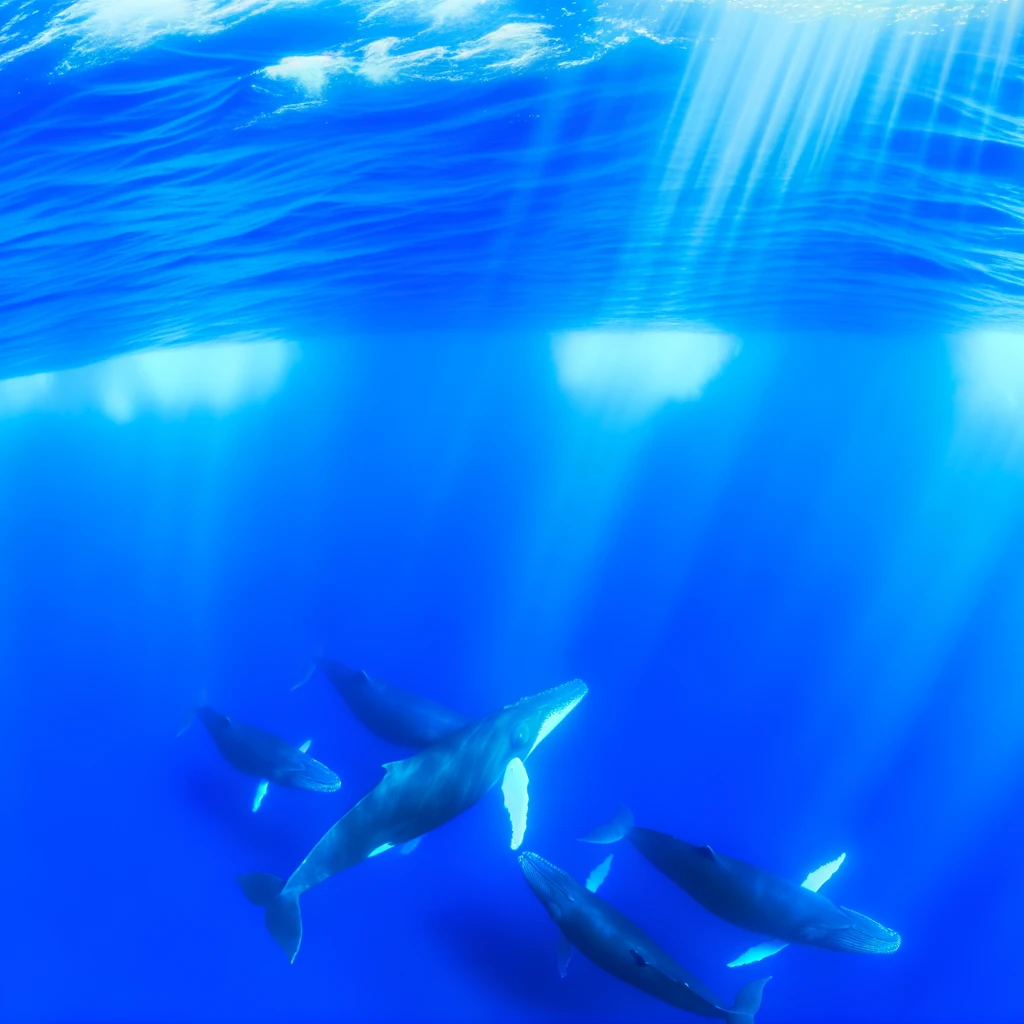
The Majestic World of Whales: Intelligence, Behavior, and Conservation
Whales have fascinated humans for centuries, with their immense size, intelligence, and mysterious behaviors captivating our imaginations. As the largest animals on Earth, whales play a critical role in the marine ecosystem, yet many species are threatened by human activities and environmental changes. This article explores the intelligence and behavior of whales, as well as the pressing need for their conservation.
Understanding Whale Intelligence
Whales are renowned for their intelligence, which is evident in their complex social structures, communication skills, and problem-solving abilities. Some species, such as the sperm whale, have the largest brain of any animal on the planet. This large brain size is associated with their advanced cognitive abilities.
Social Structures and Communication
Whales often live in pods, which are close-knit social groups. Within these pods, whales exhibit intricate social behaviors, including cooperation, teaching, and even grieving. They communicate using a variety of vocalizations, including songs, clicks, and whistles. Each species has its own unique vocal patterns, which can vary by region and family group.
Problem-Solving Abilities
Many species of whales have demonstrated problem-solving skills and the ability to learn from experience. For instance, some whales have been observed using tools, such as using sponges to protect their noses while foraging on the ocean floor. This behavior indicates a level of intelligence that allows them to adapt to their environment and improve their survival chances.
Whale Behavior and Migration
Whales are known for their migratory patterns, traveling vast distances between feeding and breeding grounds. This migration is driven by the need to find food and suitable environments for raising their young.
Feeding Behaviors
Different species of whales have unique feeding strategies. Baleen whales, such as the blue whale, filter-feed by taking in large amounts of water and then expelling it, trapping krill and small fish in their baleen plates. Toothed whales, such as orcas, use echolocation to hunt and capture prey.
Migratory Patterns
Whales migrate thousands of miles annually. These migrations are essential for their survival, allowing them to exploit different habitats for food and breeding. However, migration routes are increasingly threatened by human activities such as shipping and fishing, which pose significant risks to whale populations.
The Importance of Whale Conservation
Whale conservation is crucial, not only for the survival of these majestic creatures but also for maintaining the health of the ocean ecosystem. Whales play a vital role in nutrient cycling, which supports marine life and helps regulate the climate.
Threats to Whale Populations
Whales face numerous threats, including habitat loss, pollution, ship strikes, and entanglement in fishing gear. Climate change also poses a significant threat by altering their habitat and prey availability. These factors have contributed to the decline of many whale populations, some of which are now critically endangered.
Conservation Efforts
Efforts to conserve whales include international treaties, such as the International Whaling Commission, which regulates whaling activities. Marine protected areas have been established to safeguard critical habitats, and there are ongoing campaigns to reduce ocean pollution and mitigate climate change impacts.
Conclusion
The majestic world of whales is a testament to the wonders of nature. Understanding their intelligence and behaviors can inspire greater efforts to protect them. As stewards of the environment, it is our responsibility to ensure that these incredible creatures are preserved for future generations.
Related Articles





